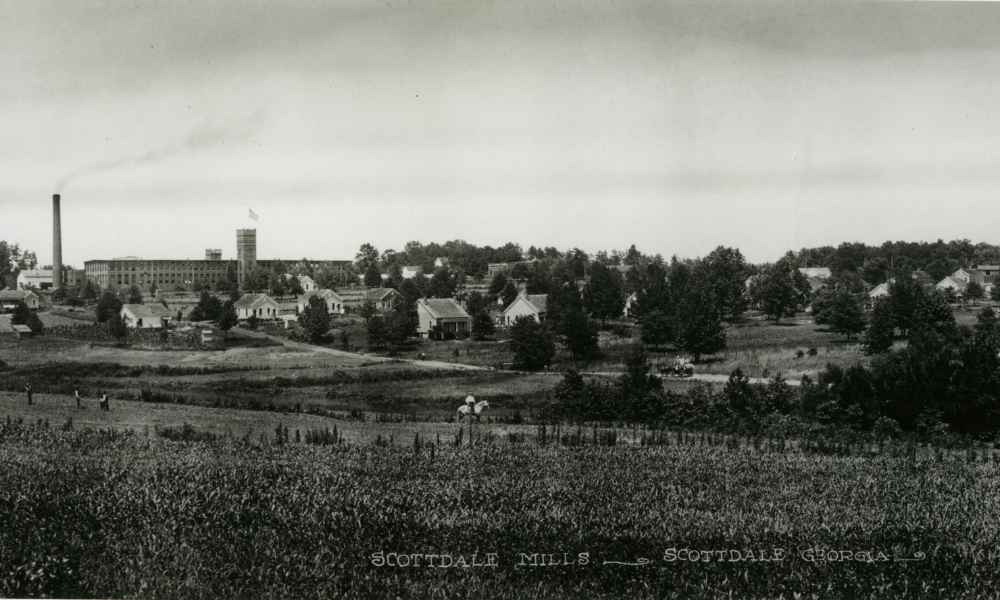Folk Tales – Stone Mountain
The original handing over of land ownership over Stone Mountain has some interesting little legends surrounding it.
One story goes that the Mountain was traded for a mule.
Another states that Stone Mountain was traded by a Native American for a horse, some whisky, and $40.
While still another contests that what it really took was a rifle – a rifle could get you dinner, while a large granite rock could not.
The Mountain clearly has a way of inspiring imagination, with countless visitors having written of it using descriptions such as “grandeur”, “magical lure and mystical beauty”, and “an ever-changing spiritual beauty of infinite variety”. So it’s no wonder legends like this came to be told (Stone Mountain did at one point have a dance hall sitting on its summit):
Young ‘Beau’ Stephens, as they called him, heir to the finest rice plantation on the Carolina rivers, sat one night in a poker game. Above, on the little pavilion, the little feet of Emily, fairest flower of old Charleston, danced to minuet music. Stephens loved Emily. So did other men. And, because he thought Emily’s favors were not for him, the young planter sought solace in whisky and poker.
The game was going against him. His losses mounted into the hundreds; the thousand mark was passed, and still young Stephens could not win. Drinking heavily, he became possessed of a recklessness that would win or lose all. Play at the other tables stopped; men gathered around where Stephens sat. Finally, he lost ten thousand dollars when a straight flush beat him. He was a good loser. Writing out a check for the money, laughing while he did it, Stephens walked into the blackness of the mountain side.
He went up the steps to the pavilion. Reeling slightly, he strode to where Emily was sitting out a dance. He told her good-bye, saying he was going away that night. But his eyes gleamed queerly; this manner frightened the girl. Some instinct warned her.
She followed secretly when he went from the pavilion. He did not go towards the lights of the cottages in the village, but started through the blackness around the giant rock. Down the steep slopes he leaped, the girl calling to him. Apparently he did not hear.
They reached the deep mouth of the cave. The man plunged into it, the girl following, crying for him to stop. Snakes hissed at them; bats flapped dirty wings in their faces. The man turned, seized the girl around the waist, and ran forward over the slippery rocks, straight into the bowels of the earth. They came to the black stream in which eyeless fishes swam; a splash; ripples of black water, and the man and girl sank to the unseen bottom. Then the dancers on the pavilion felt a tremor like an earthquake; and the cave was never again discovered…
Whether or no this legend is true, it is a strange fact that Stephens and Emily were never seen alive since that night, nor were their bodies found at the foot of any of the mountain cliffs… Incidentally, Stephens’ $10,000 check proved to be worthless…
This is the little cave half-way down the steep side of the mountain. It is about as tall as a man, and only seven feet deep. An adventurous stone-cutter, working in the quarries leased by the Venables, the owners of the mountain, lowered himself by a rope to this cave. Inside he found a folded piece of paper wedged behind a splinter of rock. Opening it, he read: ‘You are not the first darn fool who has been here.’
Created by Sophia Malikyar
Information gathered from:
Price, Vivian. The History of DeKalb County, Georgia 1822-1900. Florida: Wolfe Publishing Co., 1997.
Notes by Percy Plant





